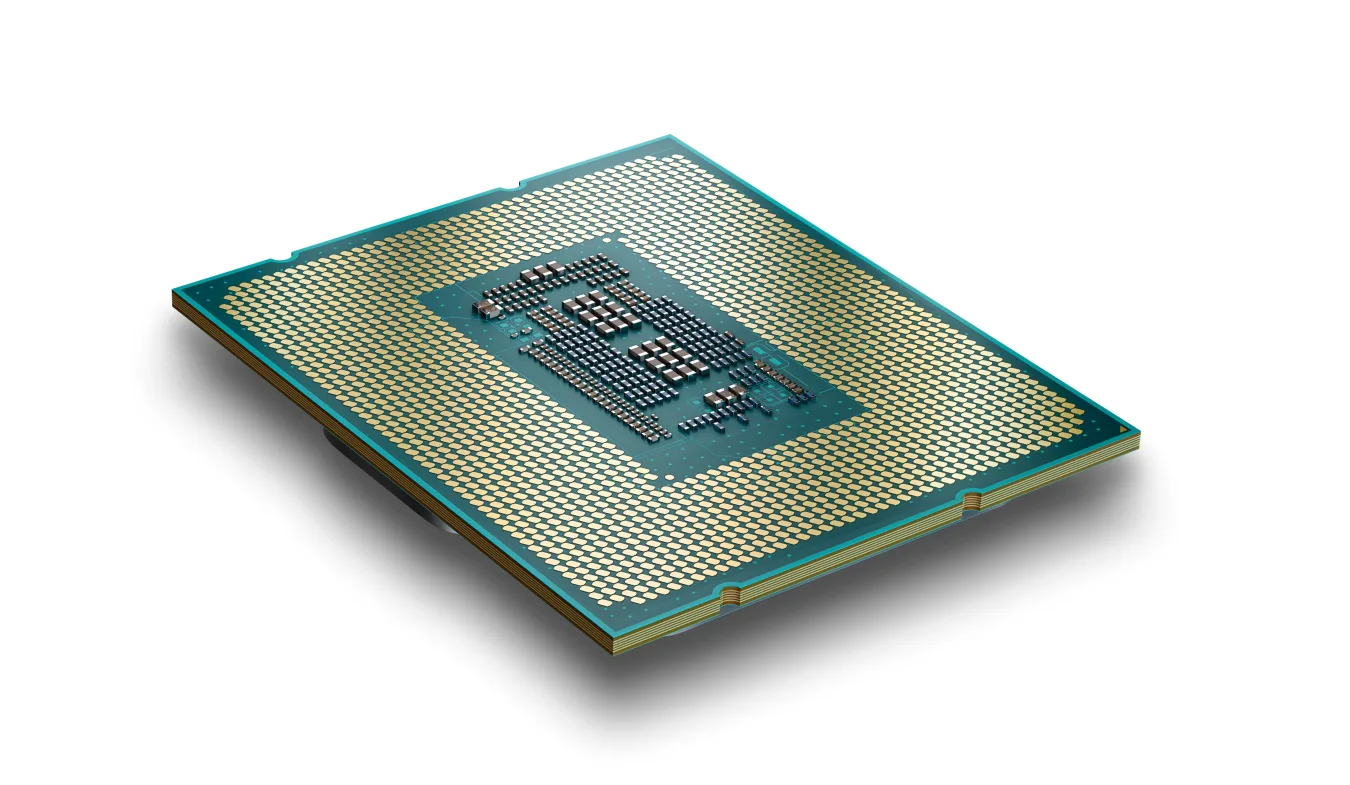If you want to see the power of competition in action, just look at the race between Intel and AMD to deliver the fastest PC CPU. While Intel was plagued with production delays and design issues over the past decade, AMD doubled-down on its Zen architecture to create an impressive family of Ryzen chips suited to performance-hungry enthusiasts. Today, AMD’s chips power some of our favorite gaming laptops, like the ASUS Zephyrus G14.
Just when we were about to give up on Intel, though, it finally delivered on its long-awaited hybrid chips with the 12th-gen Core CPUs. Thanks to a combination of performance cores (P-cores) and efficient cores (E-cores), they trounced AMD in most multi-threaded benchmarks while using less power than the previous 11th-gen chips.
Now, it’s time for the follow-up: Intel’s 13th-gen Core chips, AKA Raptor Lake. And it sure looks like Intel isn’t slumming it. The company’s new top-end chip, the Core i9-13900K, sports 24 cores (8 P-cores and 16 E-cores) and can reach up to a 5.8GHz Max Turbo frequency. In comparison, last year’s 12900K offered 16 cores (8P and 8E), and a maximum speed of 5.2 GHz. Intel claims the new 13900K is 15 percent faster than its predecessor in single-threaded tasks and 41 percent better for multi-threaded work like video encoding or 3D rendering.

Intel
The 13th-gen chips are built on an upgraded version of the Intel 7 process, which features the company’s third-generation SuperFin transistor. When that 3D transistor technology was first announced in 2020, it sounded like a way for Intel to eke out more performance from its 10nm designs as it struggled to hit 7nm. (The Intel 7 process is still 10nm, following its rebranding last year.) For the most part, it seems like that was the case. AMD was able to reach 6nm with this year’s Ryzen 6000 and 7000 chips, but Intel proved with its 12th-gen chips that it could still leap ahead with a larger fabrication process.
Based on the initial specifications, the 13th-gen chips look like a massive improvement across the entire lineup. The Core i5-13600K adds four cores and an initial 200Mhz of Turbo speed, hitting 14 cores and up to 5.1 GHz, compared to its predecessor. The i7-13700K now offers up to 16 cores and 5.4GHz, whereas last year’s equivalent i7 was 12 cores.
The big takeaway? If you skipped last year’s chips, and are running older Intel hardware, the 13th-gen CPUs look like the update you’ve been waiting for. Intel claims the 13900K is 27 percent faster than the 12900K when it comes to content creation multitasking, using apps like Adobe Media Encoder and Photoshop. And it’s reportedly 34 percent faster for media creation apps like Blender and Unreal Engine.
While Intel doesn’t have comparisons against AMD’s upcoming Ryzen 7000 chips (they’re not available yet, after all), the company says the 13900K is 58 percent faster than the Ryzen 9 5950X in Spider-Man: Remastered. That’s to be expected, though, since the AMD chip is almost two years old at this point.
It’s tough to tell how this latest battle between Intel and AMD will go, though we plan to test as much of the hardware as we can. If anything, though, it’s certainly an exciting time to be in the market for new CPUs.
All products recommended by Engadget are selected by our editorial team, independent of our parent company. Some of our stories include affiliate links. If you buy something through one of these links, we may earn an affiliate commission. All prices are correct at the time of publishing.










